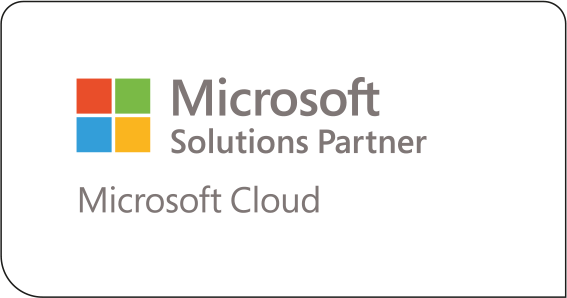Keep it Simple – Azure Red Hat OpenShift
Many large enterprises prefer using OpenShift to host their applications in hybrid cloud environments. Managed OpenShift solutions, such as Microsoft Azure Red Hat OpenShift (ARO), are currently gaining traction because they effectively address capacity constraints in IT resources and personnel.
However, organizations still face challenges in adapting the installation of the required OpenShift cluster in Microsoft Azure to their specific requirements and using it effectively in a DevOps context.
KISARO Workshop
Our KISARO Workshop is designed to help overcome these challenges. It offers you the opportunity to interactively explore the essential topics related to building and operating an OpenShift cluster in Azure.
The entire team—from technical management to all DevOps stakeholders—will gain a comprehensive overview of the initial introduction of an ARO cluster. An accompanying structured GAP analysis empowers customers to make strategic decisions and plan their implementation.
We provide transparent insights into recommended usage of SVA’s Kubernetes distribution through practical examples and proven DevOps best practices. In the workshop, all company-specific requirements and special considerations are recorded using agile methods, structured, and then incorporated into a GAP analysis.
How you benefit
- Cross-team introduction to the fundamentals of deploying an ARO cluster for the first time
- Demonstration and critical discussion of DevOps best practices, agile methodologies, and recommended DevOps toolsets
- End-to-end view of challenges and best practices from both development and operations perspectives to ensure company-specific quality goals during ARO implementation
- Empowerment of your organization to make strategic decisions
- Planning of implementation through a structured GAP analysis
Our promise: Keep it simple!
Our goal is to make the essential foundations for your OpenShift project as simple as possible. We achieve this by:
- Providing a clear path through the multitude of existing DevOps tools and applications
- Presenting recommended best practices from both development and operations perspectives
This fosters understanding of the relationships and interfaces between all relevant processes and lays the foundation for efficient, low-maintenance, and seamless development and operational workflows.
Any Questions?
If you would like to know more about this subject, I am happy to assist you.
Contact us



